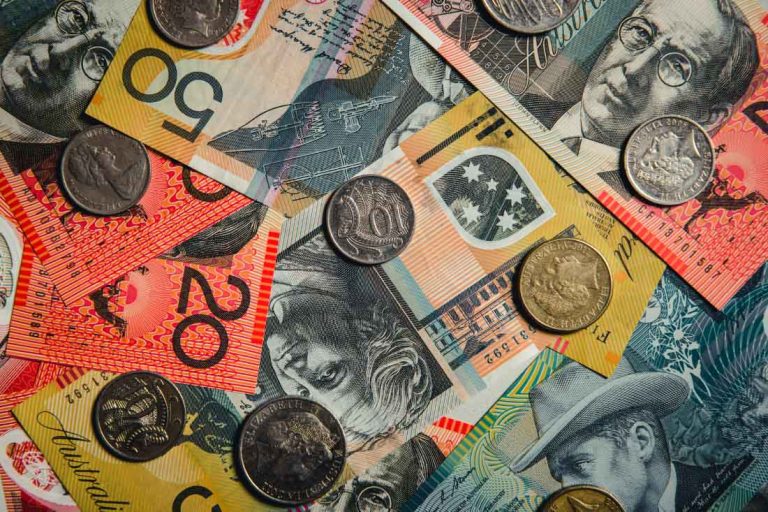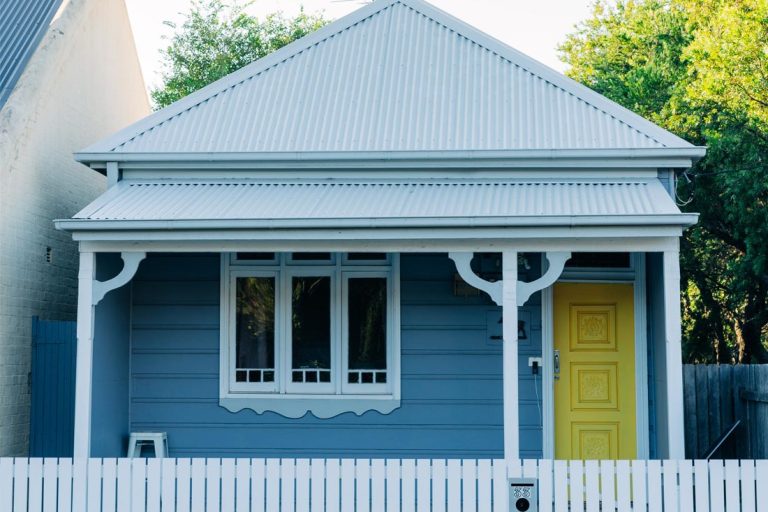Could apartment living help you dive into the property market sooner?

Buying a home for the first time can be challenging, especially with house prices soaring in recent years. So could switching from house hunting to unit searching be the way forward for you? There’s no denying that getting into the…









